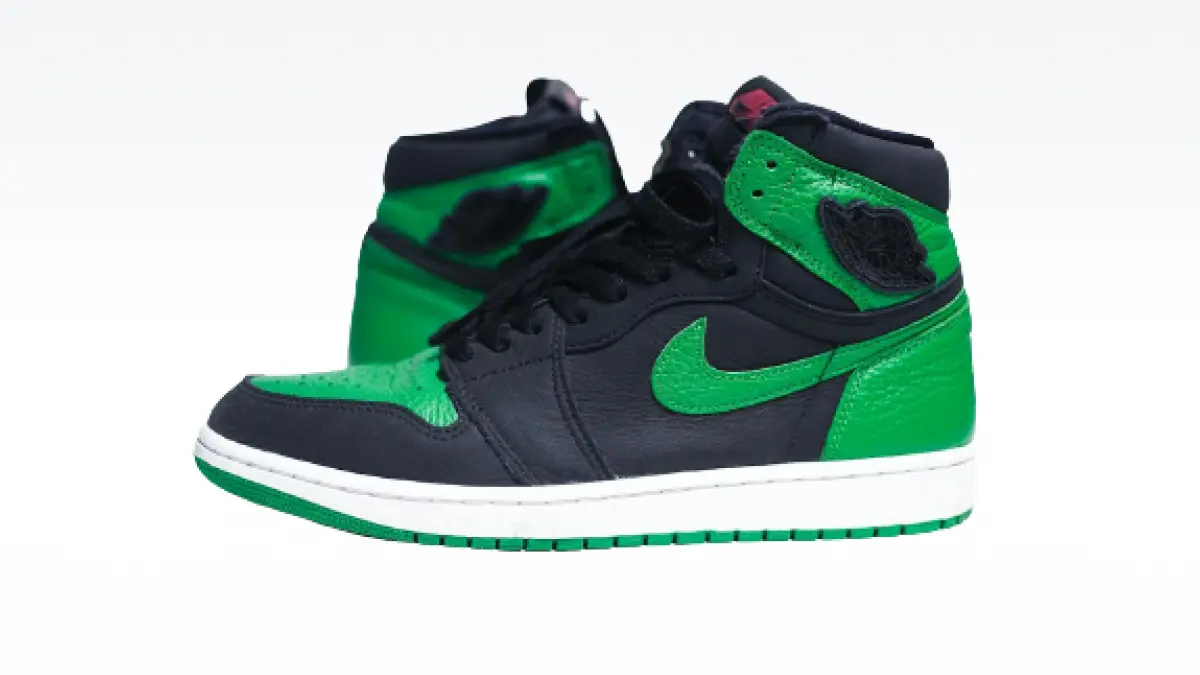Your cart is currently empty!

Sneaker culture has evolved into a global phenomenon, where collectors and enthusiasts play a pivotal role in driving trends and influencing the footwear industry. What was once just functional footwear has transformed into a symbol of personal expression, with limited editions, exclusive collaborations, and rare finds commanding high value in the market. Sneakerheads, as passionate collectors are known, carefully curate their collections, often focusing on iconic brands and models, while also trading and reselling sneakers for profit. This culture has propelled the sneaker industry into a multi-billion-dollar market, where the latest releases often spark anticipation and excitement. Social media, sneaker events, and online communities continue to amplify the influence of sneaker culture, making it a key player in modern fashion.
Understand Your Foot Type
Your foot type plays a significant role in determining the best running shoe for you. There are three main types of feet:
- Neutral Arch (Normal Pronation): Your foot naturally rolls inward slightly to absorb shock. Most running shoes cater to this foot type.
- Low Arch (Overpronation): Your foot rolls inward excessively, which can lead to injuries. Look for stability or motion-control shoes to help with support.
- High Arch (Underpronation/Supination): Your foot doesn’t roll inward enough, leading to a lack of natural shock absorption. Cushioned shoes with extra padding are ideal for this foot type.
Fit and Comfort
The fit of your running shoes is paramount. Here are some tips to ensure a perfect fit:
- Try Shoes Later in the Day: Your feet swell throughout the day, so trying shoes in the afternoon or evening can help ensure they won’t feel too tight during runs.
- Leave Some Room: There should be about a thumb’s width of space between your longest toe and the end of the shoe to allow for foot expansion during runs.
- Consider Width: Ensure the shoe’s width accommodates your foot without feeling too tight or loose. Many brands offer different widths for a better fit.
- Comfort Over Brand: While brand loyalty is common, prioritize comfort and fit over sticking with a particular brand.

Conclusion
Choosing the perfect running shoes involves understanding your foot type, running style, and personal preferences. With the right pair of shoes, you can enhance your performance, prevent injuries, and enjoy your runs to the fullest. Take your time, try different options, and prioritize comfort and fit over everything else. Happy running!
Running is not just about the distance covered, but the journey taken with each step in the perfect pair of shoes.
Bessie Cooper
Leave a Reply